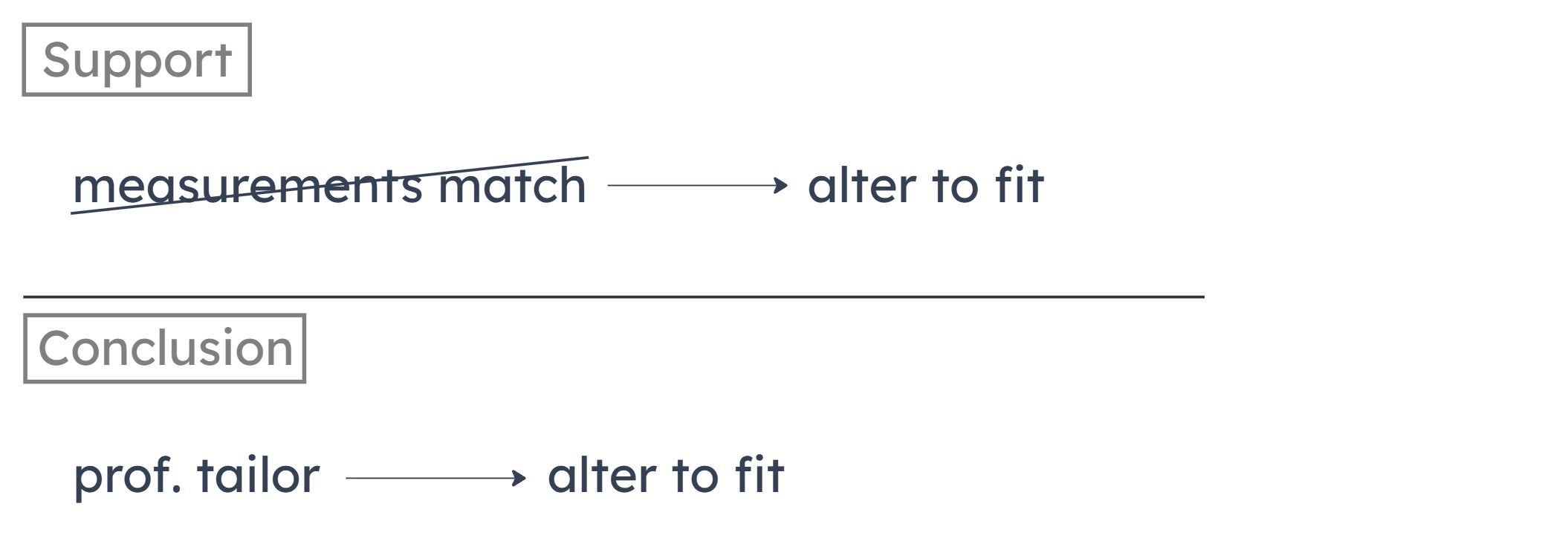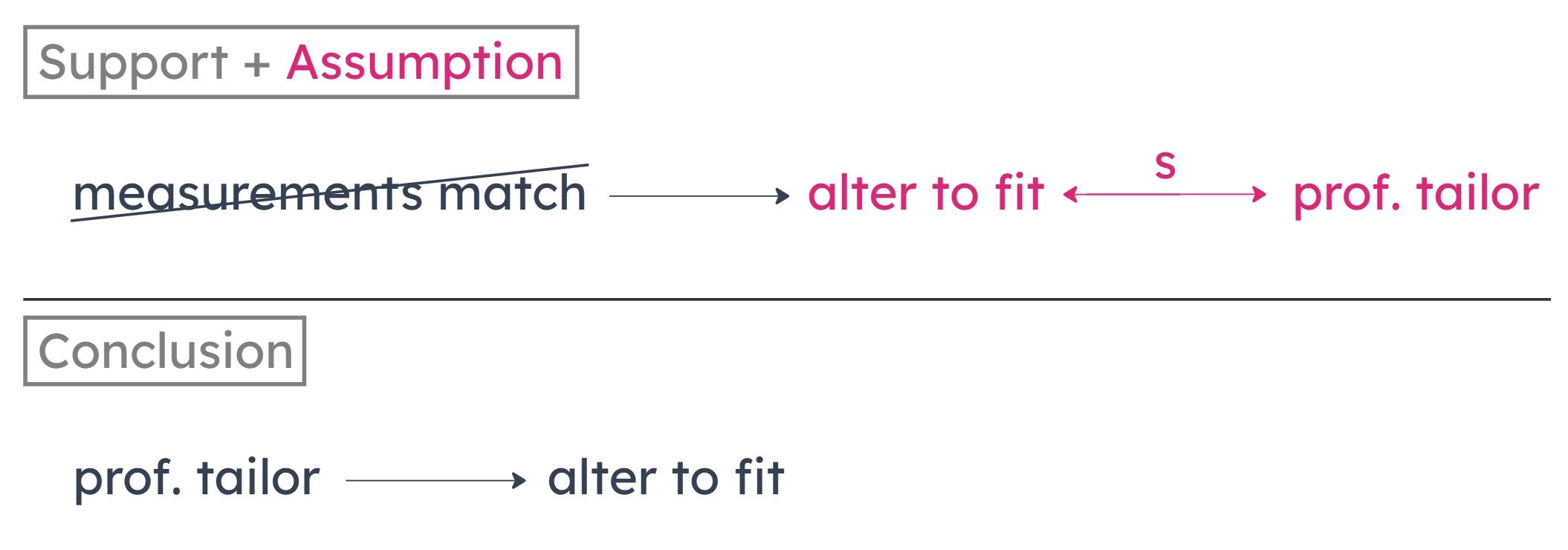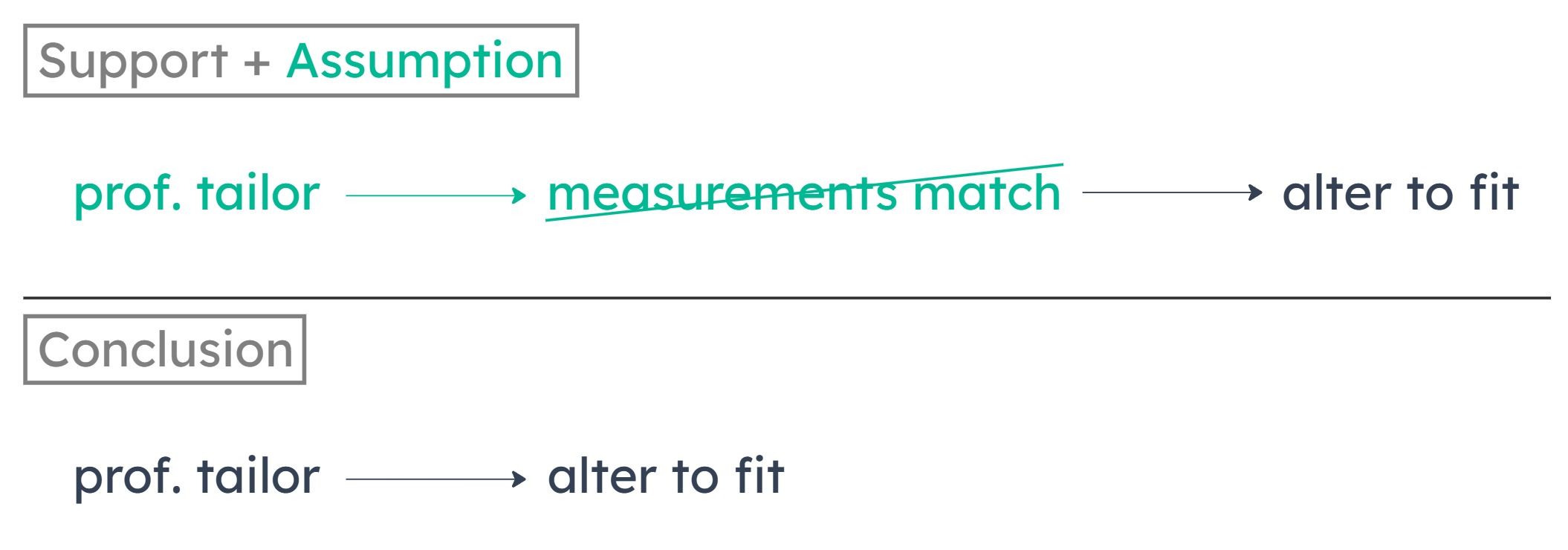Sign up to star your favorites LSAT 89 - Section 4 - Question 12
February 16, 2020Sign up to star your favorites LSAT 89 - Section 4 - Question 13
February 16, 2020Sign up to star your favorites LSAT 155 - Section 4 - Question 07
February 16, 2020
One way to prove that would be to establish that if the alternatives are a lot more expensive than computer passwords, then they won’t become standard on most of the world’s computers.
A
There are ways to make computer passwords a more secure means of protecting one’s information.
B
Any security option that is no more expensive to employ than computer passwords provides less security than computer passwords.
C
Most computer security experts do not believe that computer passwords will be replaced by an alternative security option anytime soon.
D
Security options that are significantly more expensive to employ than computer passwords will not become standard on most of the world’s computers anytime soon.
E
As soon as a security option is developed that is not significantly more expensive to employ than computer passwords, computer passwords will be replaced as a security measure.
Sign up to star your favorites LSAT 155 - Section 4 - Question 08
February 16, 2020
A
The countries with the largest populations do not have severe penalties for driving while intoxicated.
B
Very severe penalties against driving while intoxicated are in effect only in countries in which alcohol use is rare.
C
The higher a country’s speed limits, the more frequent traffic accidents tend to be in that country.
D
Only a relatively small minority of those who drive while intoxicated are actually apprehended while doing so.
E
All countries impose severer penalties on those who cause accidents while driving intoxicated than on those who are merely apprehended while driving intoxicated.
Sign up to star your favorites LSAT 155 - Section 4 - Question 09
February 16, 2020Sign up to star your favorites LSAT 155 - Section 4 - Question 10
February 16, 2020
A
For many species of nectar-producing plants, productivity is increased when a plant is protected from leaf-eating insects.
B
In field experiments, the introduction of jumping spiders into an environment was followed by a significant increase in the population of EFN-producing plants.
C
Some species of EFN-producing plants cannot survive without some outside agent protecting them from leaf-eating insects.
D
Experiments with types of spiders other than jumping spiders suggest that these other types of spiders do not defend EFN-producing plants.
E
Regions with large populations of ants also tend to have large populations of EFN-producing plants.
Sign up to star your favorites LSAT 155 - Section 4 - Question 11
February 16, 2020Note that the first sentence provides no support for the conclusion.

Also, the conclusion is that professional tailors always alter the pattern, no exceptions. But the premise allows for an exception: tailors in general alter the pattern unless the wearer’s measurements already match the pattern.
The premise would lead to the conclusion if we knew that for professional tailors specifically, the exception never applies. That is, for a professional tailor, the wearer’s measurements never match the pattern.
A
Most manufactured patterns do not already accommodate the future distortion of fabrics that shrink or stretch.
B
At least some tailors who adjust patterns to the wearer and to the fabrics used are professional tailors.

C
The best tailors are those most able to alter patterns to fit the wearer exactly.
D
All professional tailors sew only for people whose measurements do not exactly match their chosen patterns.

E
A professional tailor can always estimate exactly how much a fabric will shrink or stretch.
Sign up to star your favorites LSAT 155 - Section 4 - Question 12
February 16, 2020